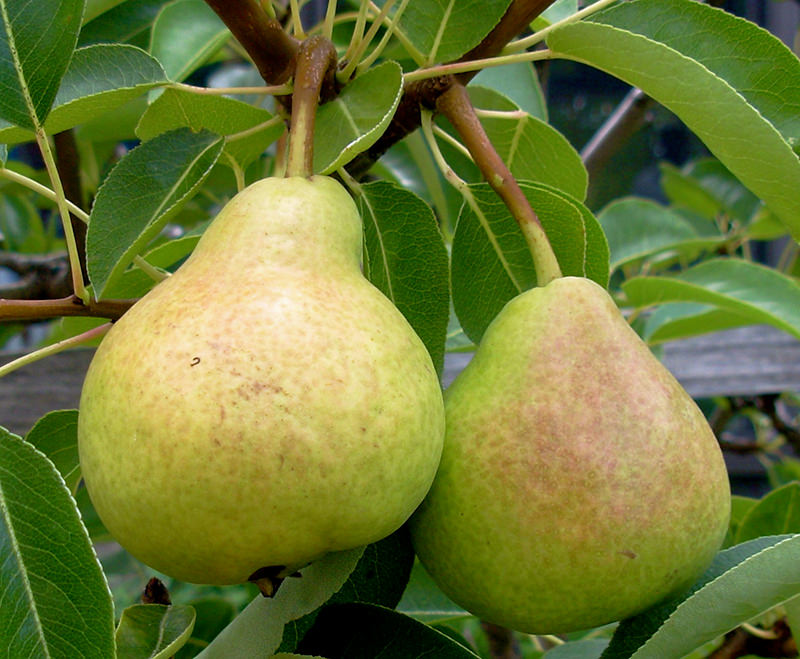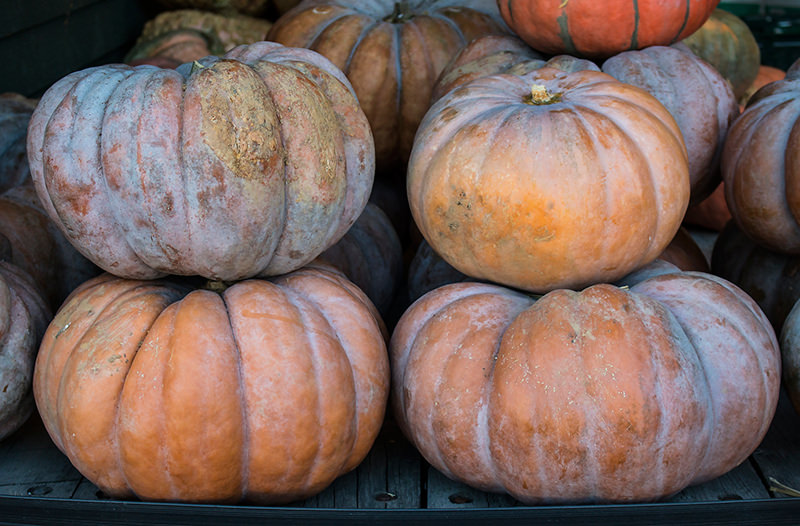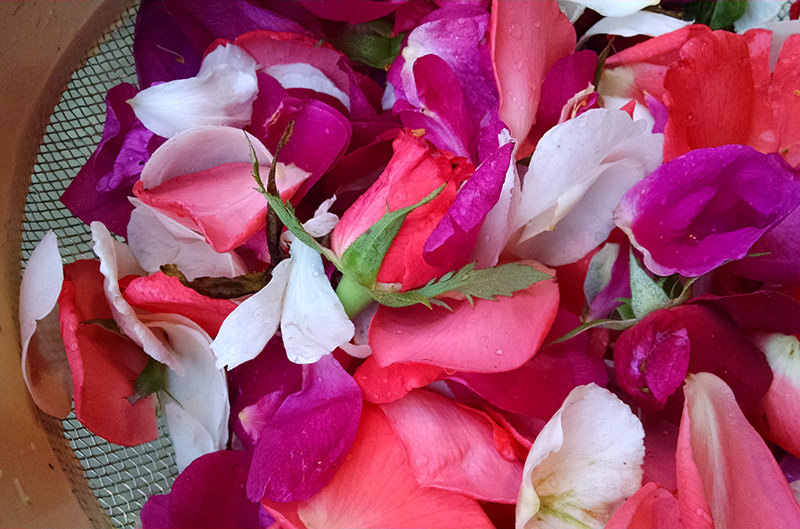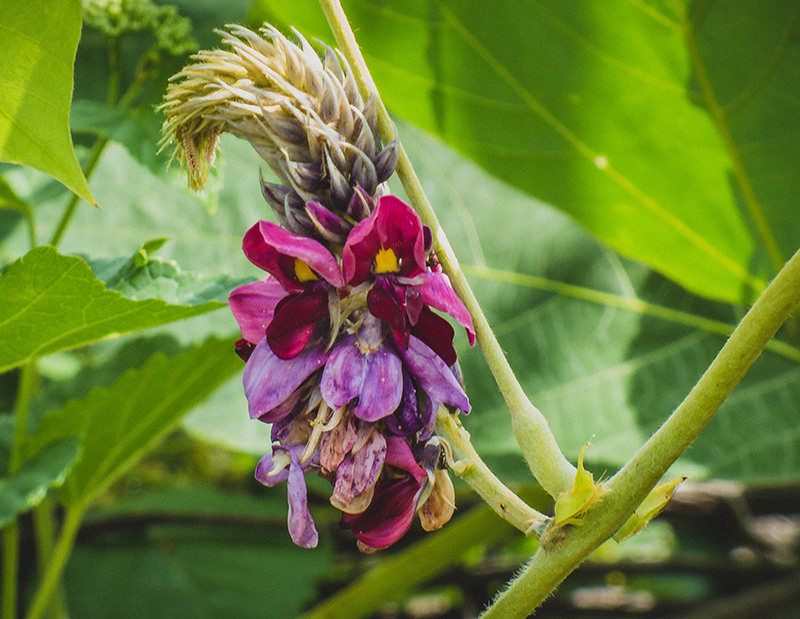
Fall brings an array of garden crops that are good for making beverages. Many taste buds tune into apples cider this time of year, but that’s just the tip of the iceberg when it comes to turning large harvests into something drinkable. In fact, ciders, wines and meads can all be made from just about any crop growing on your farm.
Before we get started, let’s talk terminology. “Wine” refers to alcoholic beverages using sugar plus yeast to fuel the fermentation process. “Mead” uses honey plus yeast and generally have higher alcohol content than wine. “Cider” refers to a pure fruit juice that ferments without added sugar or honey, but usually with yeast to kick-start fermentation—the alcohol content is modest.
Here are six of my favorite crops that you could soon be sipping on.
1. Apples and Crabapples

Nan K. Chase
The best drinking cider comes from apples that blend sweet, tart and acidic tones—with only a single variety, the flavor may be flat. Mix varieties at will, and if using a cider press, first cut larger apples into chunks and then grind before pressing. Without grinding, apples and crabs can’t break open to let the juice flow. Don’t bother peeling or coring apples, as you’ll strain out impurities during pressing.
Crabapples are small, native apples, and some, like Callaway, Dolgo and Kerr, are delicious. Pure crabapple cider has a sweet-tart flavor, and the natural tannins keep the juice clear, instead of leaving it cloudy like pure apple cider will.
To make hard cider, use ale yeast and just a hint of sugar to get fermentation started, or make a mild cider fizz without yeast, just by letting a jug of sweet cider sit in the fridge with the cap loose. Elegant apple wine uses apple juice plus wine yeast and 4 cups of sugar per gallon.
2. Pears

valkrye131/Flickr
Pears don’t seem very juicy, but there’s plenty of liquid locked up inside. Grinding chunks of pears—both European and Asian varieties work well—and then pressing them in a cider press releases a mild juice that can be fermented to a perry, aka a pear cider. Because pear juice has plenty of sugar already but not a strong flavor profile, it mixes well with berry or other juices for interesting garden wines.
3. Muscadines, Scuppernongs and Other Native Grapes

John Perry/Flickr
Forget about rows of manicured varietal grapes. Instead, harvest the power of native American grapes, which grow everywhere and generally ripen in the fall. The flavors are intense and complex, and you’ll find many uses for these thick-skinned grapes. Grind and press the fruit with a cider press, and collect the pure juice. Keep some of the crushed skins on hand to use as yeast nutrient in all fermenting beverages. (Dehydrating grape halves does the job, too.) If you don’t have a fruit press, put the grapes in a large enamelware or stainless steel pot, cover with water, mash, simmer and strain. Let the juice sit overnight to clarify.
4. Pumpkin

Liz West/Flickr
Yes, even pumpkin can be turned into a an intriguing melon-flavored wine or rich mead. Here’s the method: Cut the pumpkin shell into hand-size chunks. Place on a cookie sheet, and bake for about 35 minutes at 425 degrees F to caramelize the sugars. Then force the pumpkin pulp into fermentation jugs: A large pumpkin that takes up two gallon-sized jugs will eventually yield a gallon of wine or mead. Add 4 cups sugar per gallon, plus some wine yeast. Fill the rest of the space with filtered water, and install an air lock. As the pumpkin mash ferments, it will clarify, and eventually you rack off the liquid into a clean fermentation vessel and dispose of the pulp.
5. Roses

Nan K. Chase
Both rose petals and rose hips (the fruit of roses) both can be made into delicate wines. To collect rose petals, wait until flowering rose buds are just past their peak and petals are ready to fall off. Collect them in a sieve and handle carefully. Rose hips ripen in late fall with first frost, like small red apples. The hips, whether fresh or dehydrated, provide high levels of vitamin C, and adding rose hips into any fermenting beverage helps sanitize the process and keep incursions of wild yeasts and other microorganisms from spoiling a batch.
6. Kudzu Blossom

Lee Coursey/Flickr
While this isn’t an actual crop in most gardens, the invasive kudzu vine is a fact of life in increasingly more parts of the country. Take advantage of any kudzu growing nearby to harvest the beautiful purple flowers that bloom in early fall. The fragrance is unmistakable—just like grape Kool-Aid. Strip the blossoms from the stems and soak them in boiling water for an hour to make a tea, which will be used to jumpstart the mead-making process. Kudzu blossoms work best as a mead, as their flavor marries perfectly with the richness of honey.
All fruits used for wines, meads, and ciders need to be rinsed to remove dust, twigs, and small bugs.




